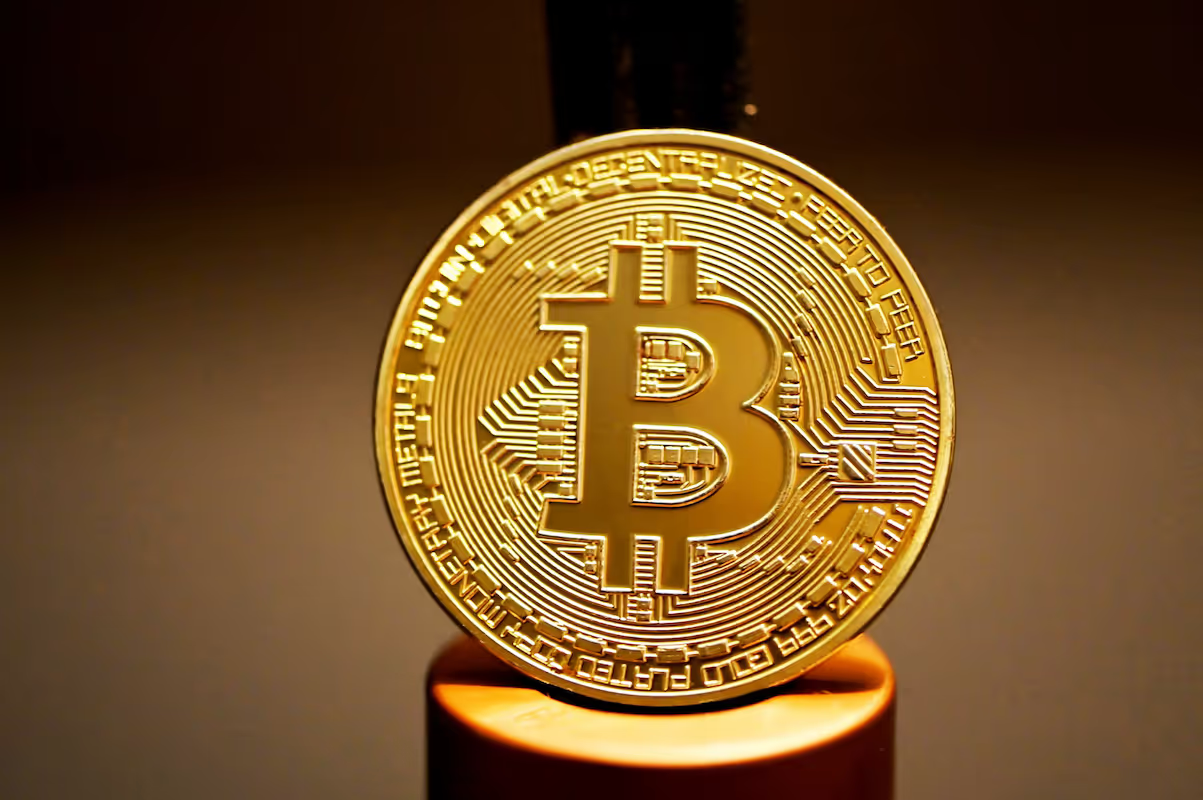Key Takeaways
- No single point of failure: The network operates without a central server or any single controlling entity.
- Peer-to-peer network: Thousands of computers worldwide work together to validate and record all transactions.
- User sovereignty: Individuals have direct control over their funds without needing third-party approval.
What is Decentralization?
Decentralization is the core principle of Bitcoin, signifying a network without a central authority. Instead of a bank or government controlling the system, power is distributed across thousands of independent computers, or nodes, worldwide. This architecture means no single entity can dictate the rules, reverse transactions, or freeze assets, creating a truly open and censorship-resistant financial system.
This distributed structure is what secures the network and gives BTC its integrity. Every transaction, from 0.00000001 BTC (one sat) to larger amounts, is validated and recorded by network participants. This collective verification process builds a transparent and immutable public ledger, placing the power of finance directly into the hands of individuals rather than institutions.
Key Principles of Decentralization
Decentralization in Bitcoin rests on several foundational concepts that work in concert to build a resilient and independent system. These ideas ensure the network stays open, secure, and free from the influence of any single entity. Grasping these principles is fundamental to understanding Bitcoin's core value.
- Autonomy: Individuals have full control over their funds and can transact without permission from a third party.
- Distribution: The network's ledger is copied and spread across thousands of computers worldwide, removing any central vulnerability.
- Openness: Anyone can join the network, inspect the public ledger, and participate in its consensus mechanism.
- Immutability: Once a transaction is confirmed on the blockchain, it is permanent and cannot be changed or deleted.
- Neutrality: The protocol processes all transactions according to its rules, without censorship or discrimination.
Benefits of Decentralization in Banking and Bitcoin
Decentralization offers a fundamental shift from traditional finance by removing central points of control. This distribution of power introduces significant advantages for security, accessibility, and user autonomy in both banking and Bitcoin.
- Security: Distributing data across a network eliminates single points of failure, making the system incredibly difficult to compromise.
- Accessibility: Anyone with an internet connection can participate, creating a global financial system without geographical barriers or gatekeepers.
- Transparency: All transactions are recorded on a public ledger, offering a clear and auditable record of activity for all participants.
- Control: Users hold their own assets and can transact directly, removing the need for intermediaries and their associated restrictions.
Challenges and Risks of Decentralization
While decentralization offers powerful advantages, it also introduces unique challenges. The absence of a central authority shifts all responsibility to the user, and the system's design can present operational hurdles. These factors require careful consideration for anyone engaging with decentralized networks.
- Scalability: Processing transactions across a distributed network can be slower and more resource-intensive than centralized alternatives.
- Governance: Reaching consensus on network upgrades can be a slow and contentious process without a central decision-maker.
- Responsibility: Users are solely accountable for securing their assets, with no central support to recover lost funds.
Decentralization vs. Centralization: A Comparative Overview
Centralized systems operate under a single authority, like a traditional bank, which manages all activity. This structure allows for rapid decisions and clear accountability. However, it also creates a single point of failure and requires users to place their trust in the controlling institution.
In contrast, decentralized networks distribute control among all participants, removing the need for a central intermediary. This design fosters a resilient and censorship-resistant environment where users have direct ownership of their assets. While this can make coordination more complex, it builds a foundation for a more open financial future.
The Future of Decentralization in Financial Systems
This is how you build the future of decentralized finance.
- Integrate decentralized protocols with current financial infrastructure for wider adoption.
- Develop solutions that improve transaction speed and make decentralized applications easier for everyone to use.
- Create new financial instruments and markets that are open, transparent, and accessible to a global audience.
- Establish clear governance models that allow communities to guide the evolution of their financial networks.
The Lightning Network: Scaling Decentralized Payments
The Lightning Network extends Bitcoin's decentralization by creating a second layer for instant, low-cost payments. It operates through a web of peer-to-peer payment channels, allowing users to transact directly without broadcasting every small payment to the main blockchain. Each channel is a private ledger between two parties, secured by smart contracts on Bitcoin's base layer. This approach preserves user control and network integrity while addressing the scalability challenges inherent in a fully decentralized system, making micropayments practical and efficient.
Join The Money Grid
Access the full potential of digital money by building on the Money Grid, a global payments network from Lightspark. This platform provides the infrastructure for instant, worldwide payments on Bitcoin's open, decentralized foundation, giving you the tools to create everything from self-custodial wallets to stablecoins on the Lightning Network.


